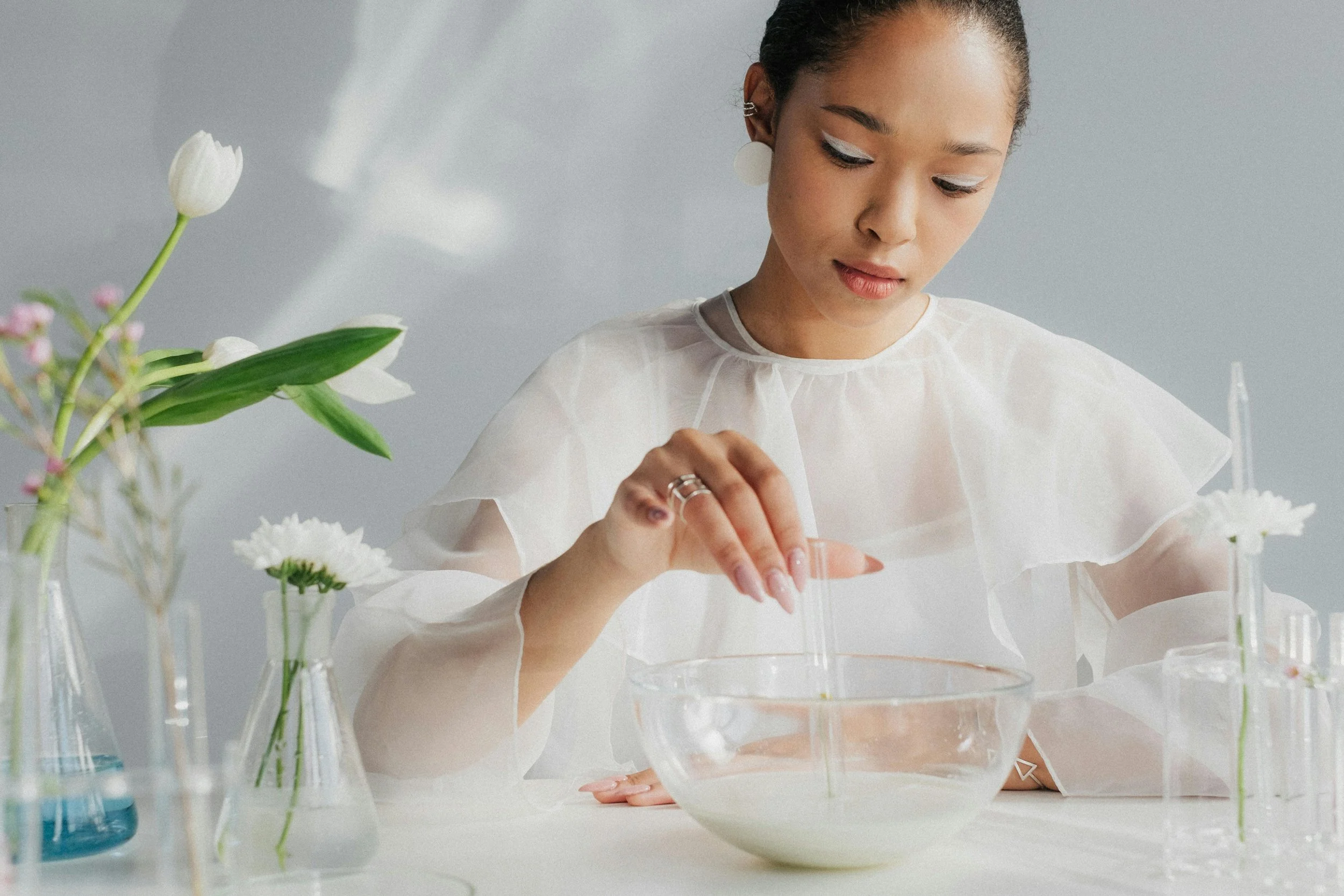Beyond Beauty: Why Understanding Global Trends Makes You Unstoppable
Written by: Edrian Blasquino
The beauty industry is one that seems to be continuing its strong upward trend. With more people across the globe paying attention to their skin health and taking the necessary actions, like creating a skincare routine that suits them, the industry’s growth is showing zero signs of stopping any time soon.
That statement holds true, whether you’re in Sydney, Los Angeles, Paris, or Seoul. Trends in beauty do not move in isolation. Rather, they reinvent themselves across borders. What began as a fascination with what’s currently hot, has now become an essential skill to blossom in the competitive beauty industry.
You could run your own brand, be an established professional in the industry, or simply a beauty enthusiast — the point is that understanding global beauty trends is not merely about keeping up, but about staying ahead.
The Beauty World Has No Borders
It didn’t seem so long ago when many sources of inspiration in the beauty industry would come from models going about with their stunning poses in fashion magazines or strutting down the runways of seasonal fashion weeks while wearing a niche article of clothing.
Today, it comes from various sources. You can draw inspiration from a simple scroll on TikTok. Dermal clinics in Seoul can also share more about the latest beauty procedures to enhance your look. You might even encounter sustainable Scandinavian startups that advocate for the environment, even when the beauty industry is sometimes fraught with poor environmental practices.
The modern beauty consumer isn’t confined by geography. A serum developed in Japan can become a global must-have within months. A routine rooted in ancient Ayurvedic wisdom can inspire luxury spa formulations in New York.
When you recognize how global influences shape beauty ideals, product innovation, and consumer values, you gain a powerful edge. You start to see patterns before they become mainstream. You understand why certain ingredients, textures, or claims matter, and more importantly, where they’re headed next.
To keep up with these shifts, tourism and hospitality brands increasingly rely on data-driven insights that reveal where and how travelers move. Using geospatial AI tools, businesses can analyze real-world activity to anticipate demand and tailor their strategies accordingly.
The Global Shift: From Looks to Lifestyle
Beauty in the past has often been associated with aesthetics. It’s also believed to be about achieving a specific look. Now, it’s more than just that, as beauty is also about expressing wellness, individuality, and authenticity. Global markets are uniting around this idea, but they all interpret it differently.
Asia’s Science-Backed Glow
Asia remains a powerhouse for beauty innovation. South Korea and Japan continue to lead in biotech-driven skincare. Think micro-encapsulation to protect active ingredients, fermented actives that boost absorption of ingredients , and gentle yet effective exfoliants that refine without disrupting balance. Consumers here expect proof and performance. Products that promise clinical efficacy, transparency, and skin barrier protection can distinguish themselves.
China, meanwhile, is seeing a surge in dermocosmetics, which refers to skincare that bridges dermatology and beauty. In this market, scientific credibility is everything. Formulas backed by science and local research matter to consumers who value both innovation and cultural relevance.
Europe’s Conscious Reinvention
Meanwhile, the trend in Europe is veering strongly toward a sustainable future. The conversation revolves around circular packaging, traceable sourcing, and ethical responsibility. French and Scandinavian brands are holding the torch in leading the sustainable path, setting higher benchmarks for eco-responsible beauty.
Interestingly, this one isn’t more of a trend, but a mindset. Consumers want to know how a product fits into their environmental and social footprint. “Luxury” today doesn’t just mean premium; it means purpose-driven.
North America’s Bold Expression
Across the U.S. and Canada, identity and inclusivity dominate the beauty industry. Brands are expanding shade ranges, rewriting gender norms, and celebrating real skin. Social media amplifies this by empowering consumers to share their own stories.
The region is also driving hybridization. That means makeup with skincare benefits, supplements that promise glow, and devices that turn bathrooms into mini skin labs. The focus is on self-expression and personalization, blending artistry with technology.
From Trend Follower to Trend Forecaster
Yes, there are plenty of trends that are sprouting in the field of beauty. But, how does one transform from a mere trend follower to a trend forecaster?
Stay Curious
Being globally informed isn’t about memorizing trend lists. It’s about understanding why they happen. Why did the “skinimalism” movement rise post-pandemic? Why is Europe leaning into refillable packaging while Asia pushes biotech minimalism? Ask questions that go beyond the surface.
Immerse in Different Markets
Read local beauty publications from other countries. Follow regional experts and dermatologists. Attend global trade fairs, even virtually. The more diverse your sources, the sharper your perspective becomes.
Collaborate Across Borders
Partnerships between labs, creators, and researchers from different regions often spark the most revolutionary ideas. A collaboration between an Australian skincare brand and a Korean lab, for instance, can produce products that couple clinical precision with sensory excellence.
Final Thoughts
Ultimately, to succeed in the beauty industry, you need to not only understand the trends, but also understand the reasons driving them. You become unstoppable, not because you know what’s trending, but because you understand why they matter. That way, you become part of a new generation that believes beauty is not confined by culture, gender, or geography.


